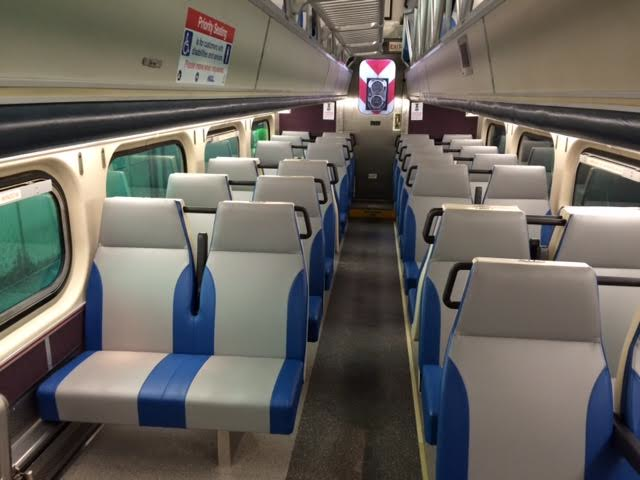By Richard Wronski
Chicago Transportation Journal
Metra has told federal regulators that it doesn’t plan to have a high-tech safety system installed on its commuter trains until 2020, five years after a deadline that was originally imposed by Congress in 2008.
The safety system, known as Positive Train Control, uses GPS, sophisticated software and equipment to automatically slow or stop speeding trains and prevent the kinds of derailments that occurred on Metra’s Rock Island Line in 2003 and 2005 that resulted in two deaths and dozens of injuries.
Most recently, federal safety experts say, PTC would have prevented the May 12 derailment in Philadelphia of an Amtrak train that was traveling at twice the speed limit. Eight people were killed and more than 200 injured.
In the face of a threatened national railroad shutdown on Jan. 1, Congress in October approved an extension of the PTC deadline until the end of 2018, with some exceptions.
The Federal Railroad Administration on Wednesday released a list of dates by which the nation’s freight and commuter railroads said they planned to have PTC fully implemented.
Metra and Boston’s Massachusetts Bay Transportation Authority were the only two big-city commuter rail agencies that said they would need until 2020 to have PTC ready.
Metra said Wednesday that the 2020 timetable it filed with the FRA was a “realistic schedule” and met the “legal deadline” for PTC implementation as outlined in the extension legislation Congress passed in October.
The legislation allows railroads to file an “alternative schedule” for PTC by the end of 2018, Metra said. That schedule calls for acquiring radio…
